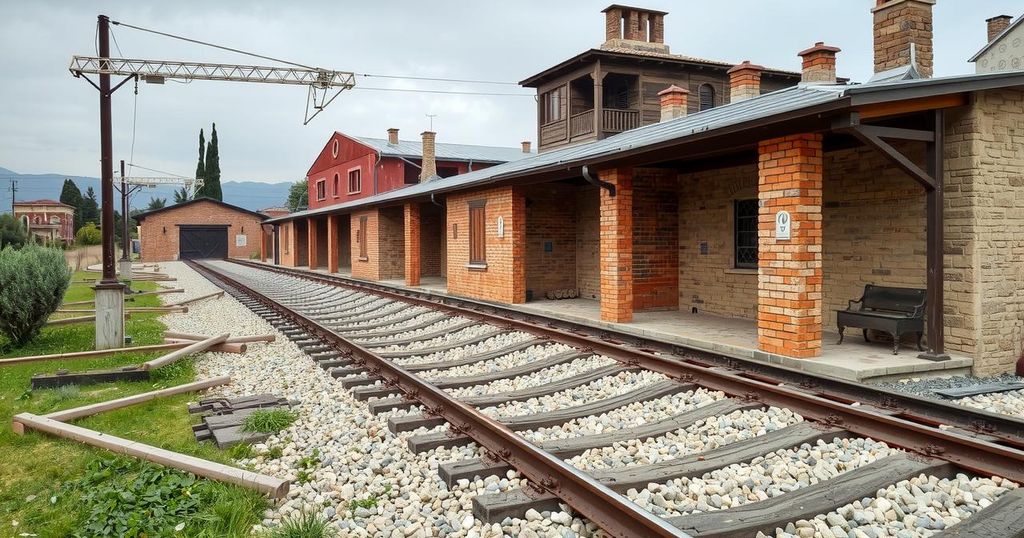Turkey will restore sections of the Hejaz Railway in Syria to reconnect its rail lines to Damascus. Transportation Minister Abdulkadir Uraloglu discussed the initiative, emphasizing the importance of assessing and addressing existing infrastructure challenges. This restoration aims to facilitate regional recovery following Syria’s prolonged civil war under a new caretaker government.
Turkey has announced plans to restore sections of the historic Hejaz Railway in Syria, reconnecting its rail network to Damascus. Turkish Transportation Minister Abdulkadir Uraloglu made the announcement during a press briefing, highlighting the initiative as part of Turkey’s broader efforts to assist Syria in rebuilding after a prolonged civil conflict. The restoration will commence with an assessment of the railway’s condition, focusing on re-establishing operational links as a priority.
Uraloglu pointed out that segments of the railway extend from Turkey into the Hejaz region, indicating that they have been inactive for an extended period. He noted the historical significance of this railway, stating, “There are existing infrastructure… however, in some areas, such as Iraq, we’ve seen railway tracks stolen and sold as raw iron.” He cautioned that similar issues might arise in Syria during the restoration process.
In light of recent political changes in Syria, Turkish President Recep Tayyip Erdogan has urged his cabinet to investigate and address the infrastructural deficiencies faced by the newly formed caretaker government in Damascus, which has taken over following the exit of President Bashar al-Assad. Preserving state services and facilitating support for Syrian infrastructure are now key government objectives.
The Hejaz Railway, conceived by Sultan Abdulhamid II in 1900, aimed to create a rail link between Istanbul and Mecca, primarily intended to facilitate Hajj pilgrimage access. Funded largely by Muslim donations, the railway connected locales such as Istanbul, Damascus, and Medina, but suffered from frequent disruptions, particularly during the Arab Revolt fueled by British interests. Its ambitions were halted with the onset of World War I, with the line failing to reach its ultimate goal of Mecca, concluding approximately 400 km short at Medina.
The Hejaz Railway represents a significant historical endeavor initiated during the Ottoman Empire, showcasing the ambitions of Sultan Abdulhamid II. Built primarily to facilitate pilgrimages to Mecca and reinforce Ottoman influence, this rail line has faced numerous challenges since its inception, particularly during periods of conflict. The modern restoration effort by Turkey reflects both a desire to revive historical infrastructure and a strategic move to strengthen regional ties following Syria’s civil unrest. This initiative is part of Turkey’s broader efforts to aid reconstruction in its neighbor, particularly under the newly formed Syrian administration.
Turkey’s initiative to restore parts of the Hejaz Railway in Syria underscores its commitment to rebuilding efforts in the region and enhances connectivity between Turkey and Syria. With careful assessments to address infrastructure challenges and potential issues of railway vandalism, this restoration project highlights the historical significance of the Hejaz Railway while marking a step towards the re-establishment of crucial transportation links after years of conflict. It reflects Turkey’s strategic interests in regional stability and cooperation.
Original Source: www.middleeasteye.net






